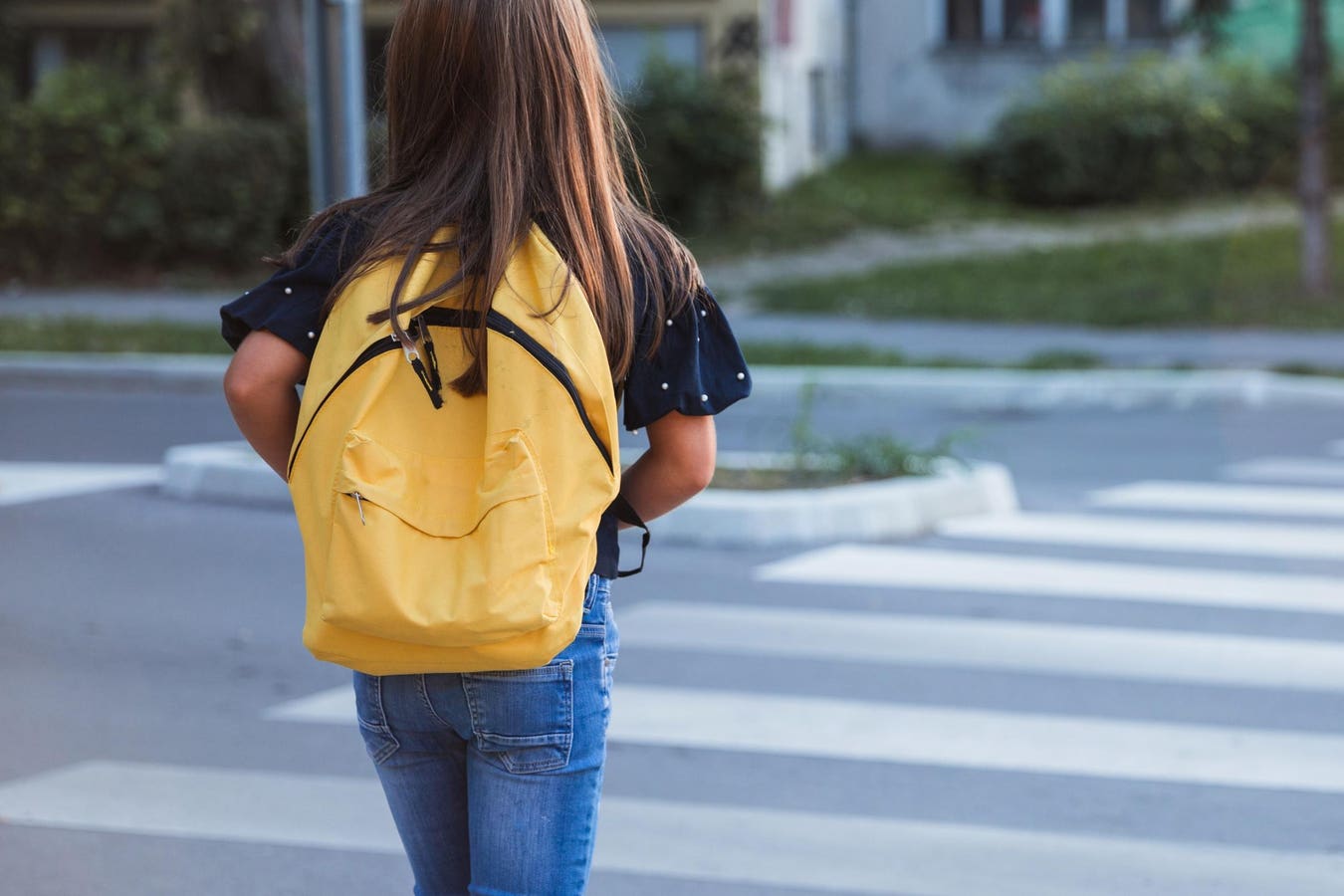Summer’s end can be a bittersweet time for children, but it’s a time of excitement and anticipation, too. Going back to school means seeing old friends and making new ones. There’s a lot of learning, changing and growing to do. But there are also risks.
Parents have a vital role to play in making sure their children return to school in good health. As a public health expert, here’s what I would urge parents to keep in mind in this important time of year.
Be vigilant about your child’s health. Make sure their vaccinations are up to date, and be ready to tell the school about their allergies, chronic conditions or other medical needs. There’s a reason all 50 states and the District of Columbia require certain vaccinations for kids in public school — without them, communities would be vulnerable to diseases that used to be widely and rightly feared. For example, because of vaccination, mumps, measles and rubella are not the killers they used to be. Vaccines are safe and effective, but misinformation is on the rise. If you have questions, check with your doctor or your child’s pediatrician.
Be aware of environmental risks. We may be past the peak of summer, but extreme heat remains a health threat in many parts of the country. The Public Health Communications Collaborative has tips to keep you and your family safe by staying cool and hydrated.
This is probably something you don’t think about, but you should also ask about the quality of the air in your child’s school. If the building doesn’t have windows that open or a modern air conditioning system, the risk of airborne infection with flu, COVID-19 or other respiratory viruses will be higher. (An estimated 41% of districts in the country need to update or replace HVAC systems in at least half of their schools.) This is a particular risk for students, because, according to the Environmental Protection Agency, children are more susceptible to environmental exposures and contracting respiratory illnesses, because they more breathe more air in proportion to their body weight than adults.
Be smart — and realistic — about the top dangers facing children today. Gun violence is a dreadful and frightening subject, but if you’re a parent, you can’t avoid it, as demonstrated by the recent shooting at Apalachee High School in Winder, Georgia. Guns are the leading cause of death for U.S. children age 1 to 17, and the firearm mortality rate for children is rising. The number of school shootings in the 2023-24 school year was 31% higher than in the previous year, even as gun violence overall declined, according to Everytown for Gun Safety. And the tragedy at Apalachee was the 45th school shooting in 2024.
What can a parent do? Educate yourself. Don’t seek false comfort in thinking “it can’t happen here” — because it can. The nonprofit gun-safety group Sandy Hook Promise has good advice on teaching kids to recognize the warning signs of violence and strengthen connections with their peers. Also make sure you and your children are familiar with the school’s safety plan, so they’ll know what to do if the worst happens.
Pay attention to mental health challenges. Every new school year is an adjustment, with emotional challenges for both parents and students. Talk to your family members about their feelings, and make sure your children know who to turn to if anxiety and stress threaten to become too much to bear. Parents of young children especially should be alert to recognize and ease a child’s back-to-school jitters and fears.
Establish healthy habits. Summer can disrupt many family routines, and the beginning of the school year is a good time to reset healthy habits, including regular bedtimes and good nutrition. Eating right and being well-rested bring enormous benefits to young bodies and minds.
Sick days happen — so plan for them and do your best to prevent them. The hygiene measures we learned in the pandemic — especially washing hands and covering coughs — are still smart habits to learn and practice. Also, prepare for inevitable sick days. For the health of your child, their school and your community, you should keep them home when they are sick. For many families, that’s easier said than done, because about 34 million working Americans don’t have access to paid sick leave. If you can’t take off work, make plans for someone to provide the supervision and support they need.
Preparing for the school year is about more than just making sure your child is ready for the classroom; it’s about ensuring that they and their peers can learn and thrive in a healthy environment. By focusing on community health, we create a safer, more inclusive and resilient space where everyone — students, teachers, and families — benefits.
Read the full article here





